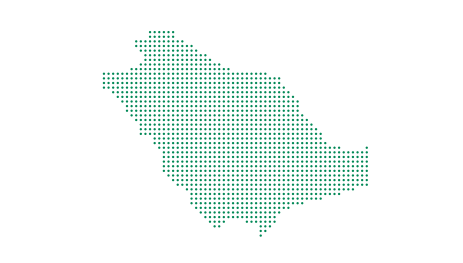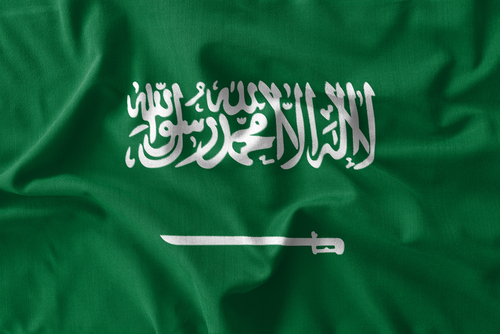ROYAL EMBASSY OF SAUDI ARABIA || SAUDI HEALTH EMPLOYMENT OFFICE, NEW DELHI
Kingdom of Saudi Arabia

About Kingdom of Saudi Arabia:
The Kingdom of Saudi Arabia is the earliest civilization and largest country in the Arabian Peninsula, It occupies around 80% of the peninsula. Saudi Arabia has been a central pillar of the Arab Peninsula for decades. It occupies an area about an area of approximately 2,149,690 km2 (830,000 sq mi). The CIA World Factbook’s estimate agreed on the fact and lists Saudi Arabia as the world's 13th largest state. Saudi Arabia’s population is 27 million, including 8.4 million foreign residents (2010 census), and its capital city is Riyadh.
Saudi Arabia’s geography is diverse, with forests, grasslands, mountain ranges and deserts. The climate varies from region to region. Temperatures can reach over 110 degrees Fahrenheit in the desert in the summer, while in the winter temperatures in the north and central parts of the country can drop below freezing. Saudi Arabia gets very little rain, only about four inches a year on average.
The kingdom is emphasizing the relative solidity of monarchies and called ancient trade centre as well. Saudi Arabia is ranked 6 among 22 MENA countries. Life expectancy is among the highest in the region.Saudi Arabia, population growth rate has gone down significantly over recent years, from 3.4% in 1999 to 1.8% for 2009.
The vegetation of the country is mostly xenophiles. Animal life consist baboon, wolves, wildcats, ibex and hyenas and small birds can be find in oases.
Flag

Emblem
a date palm, representing vitality and growth, and two crossed swords, symbolizing justice and strength rooted in faith.
Location
southwest Asia, at the crossroads of Europe, Asia and Africa; extending from the Red Sea in the west to the Arabian Gulf in the east; bordered on the north by Jordan, Iraq and Kuwait, on the south, by Yemen and Oman, and on the east by the United Arab Emirates, Qatar and Bahrain.
Terrain
varied; fairly barren and harsh, with salt flats, gravel plains and sand deserts; a few man-made lakes but no permanent streams; in the south, the Rub Al-Khali (Empty Quarter), the largest sand desert in the world; in the southwest, mountain ranges of over 9,000 feet.
Climate
June through August, over 110 degrees Fahrenheit midday in the desert; humidity in coastal regions up to 100 percent; elsewhere, mild; possible winter temperatures in the northern and central regions dropping below freezing; rainfall, from none at all for up to 10 years in the Rub Al-Khali, to 20 inches a year in the mountains of Asir Province.
Population
as of the 2007, 24 million, including about 6.5 million expatriates.
Industries
Mainly Arab industries are associated with petroleum sector, including power generation. Other industries are into producing consumer products and product like cement. Saudi Arab has established their new industries in the production of steel.
Religion
Islam, which is the basis of the legal system and of government.
Language
Arabic; English widely spoken in urban areas.
National Day
September 23, commemorating the foundation of the modern Kingdom of Saudi Arabia in 1932.
Government
Islamic state based on principles prescribed by the Qur'an (Islam's Holy Book) and the Shari'ah (Islamic law); Provincial Council System, Consultative Council (Majlis Al-Shura), and Council of Ministers.
Provincial System
Saudi Arabia is divided into 13 provinces. Each province has a governor, a deputy governor, and a provincial council.These councils deliberate on the needs of their province, work on the development budget, consider future development plans, and monitor ongoing projects. The governor and deputy governor of each province serve as chairman and vice-chairman of their respective provincial council. Each council consists of at least ten private citizens. As with the Majlis Al-Shura, members of the council participate in committees that focus on various issues of interest to the province. The councils issue reports that are submitted to the Minister of the Interior, and then passed on to the appropriate government ministries and agencies for consideration. The provincial council system is the result of bylaws established by King Fahd in 1992. These bylaws divided the country into 13 provinces and defined their administrative structure, how they would be administered, and the responsibilities of the governors and other regional officers. In 1993, King Fahd named 210 members to the provincial councils. In 2005, municipal elections were held for half of the members of each of the 178 municipal councils in the Kingdom. The remaining half of the council members and the mayor are appointed.